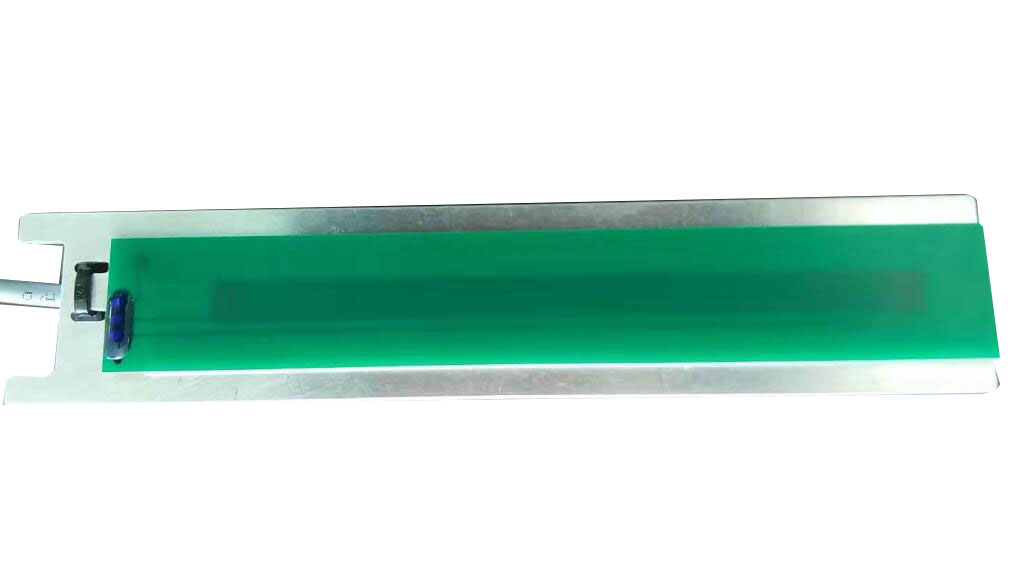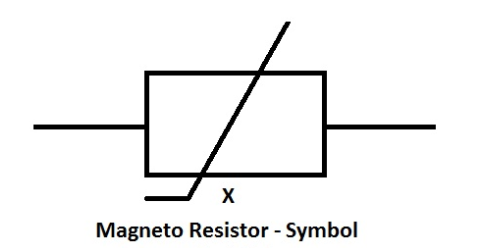Position:Home » Technical Articles
Magneto Resistors' Features, Applications and Constructions
Writer:Microhm Page View:Date:2019-07-23
A magneto resistor is a resistor of which the electrical resistance changes when an external magnetic field is applied. Magneto resistors have a variable resistance which is dependent on the magnetic field strength. A Magneto resistor can be used to measure magnetic field presence, strength and direction. They are also known as magnetic dependent resistors (MDR). A magneto resistor is a subfamily of magnetic field sensors or magnetometers. Applications include for example: electronic compass, magnetometry, various sensors and more.
 Permalloy, an alloy consisting of 81% nickel (Ni) and 19% iron (Fe) has a high anisotropic magneto resistance as well as a low magnetostriction (change in size due to magnetic fields) and therefore is a favorite material for magneto resistors. Magneto resistors are often constructed of long thin films of permalloy. To increase the sensitivity of a permalloy magneto resistor, shorting bars of aluminium or gold are placed on the thin permallow films under an angle of 45 degrees. This forces the current to flow in a direction of 45 degrees relative to the length of the film. This is called a barber pole configuration.
Permalloy, an alloy consisting of 81% nickel (Ni) and 19% iron (Fe) has a high anisotropic magneto resistance as well as a low magnetostriction (change in size due to magnetic fields) and therefore is a favorite material for magneto resistors. Magneto resistors are often constructed of long thin films of permalloy. To increase the sensitivity of a permalloy magneto resistor, shorting bars of aluminium or gold are placed on the thin permallow films under an angle of 45 degrees. This forces the current to flow in a direction of 45 degrees relative to the length of the film. This is called a barber pole configuration.
 Magneto resistors make use of the magnetoresistance effect. This effect was first discovered in 1856 by William Thomson, also known as Lord Kelvin. The effect is noticed in ferromagnetic materials and dependent on the magnetic field strength and angle between the direction of electric current and the magnetic field. This effect is therefore known as anisotropic magnetoresistance (AMR).
Magneto resistors make use of the magnetoresistance effect. This effect was first discovered in 1856 by William Thomson, also known as Lord Kelvin. The effect is noticed in ferromagnetic materials and dependent on the magnetic field strength and angle between the direction of electric current and the magnetic field. This effect is therefore known as anisotropic magnetoresistance (AMR).


Keywords:magneto resi
Latest News
- Resistor's role in measuring and correcting LED,,,
- Single through-hole resistors' characteristics ,,,
- Why shunt resistors for current sense applicati,,,
- Metal-film resistors with small size, high resi,,,
- 36W High-Current Shunt Resistors MMS8420,,,
- 1W Surface Mount Resistor MPR1206,,,
- An Overview of Microhm Electronics' Resistor Pr,,,
- More anti-sulfur resistors used in harsh envir,,,
- Resistance changes with temperature,,,
- 140W TO247 High Power Heatsinkable Resistor,,,
- MMS5930 is ideal for current sensing in industr,,,
- Shunt resistors selection for engineers' design,,,
- Considerations for choosing precision resistors,,,
- Ceramic Encased Cement Resistors NWH Series for,,,
- Resistors for Passive Balancing in Battery-Pow,,,
Hot Articles
- Microhm will take part in 10th Automotive World,,,
- Thanks for Visiting Microhm's Booth E5-5706 in ,,,
- Resistors in Short Supply: Blame Cars,,,
- New lunch: High Power Precision Shunt Resistor,,,,
- How to Test a Resistor,,,
- Innovative Technology, Future Electric: Electri,,,
- What is Precision Resistors?,,,
- SMD Resistors Sizes and Packages,,,
- The Construction and Features of Metal Film Res,,,
- What is a TO-220 Resisor?,,,
- Hot Selling Products: Precision Shunt Resistors,,,
- How to Calculate the Equivalent Resistance Valu,,,
- What is a Fixed Resistor?,,,
- Resistors in LED Circuits,,,
- Resistors Types and Materials Overview,,,
Resistance applications
- The Four Important Functions of Alloy Resistors,,,
- Miniature future for passive electronic compone,,,
- Urbanization Development Bringing the Transform,,,
- Carbon Film Resistors' Features and Application,,,
- Shunt Resistor MMS8420 for High Current Stable ,,,
- Precision Resistors' Construction and TCR,,,
- The Measurement Accuracy of Automotive Shunt is,,,
- Surface Mount Resistor's Size and Package ,,,
- Why Zero-Ohm Resistors?,,,
- The Main Application for High Precision and Low,,,
- Difference Between High Precision Resistors and,,,
- Industrial Roberts Applied to Solar Photovoltai,,,
- Heater Blower Motor Resistor in Air Conditioner,,,
- Select the Right Resistor for Harmonic Filterin,,,
- BMS for New Energy Vehicle,,,
